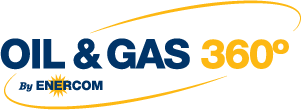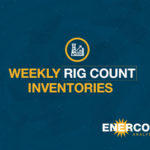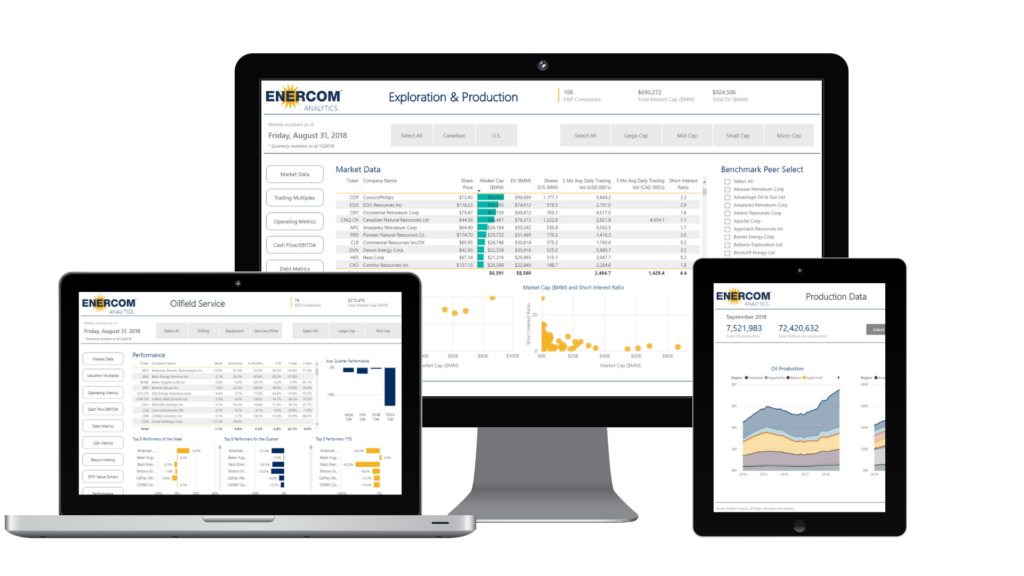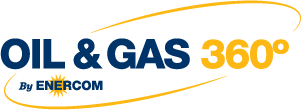Richard Kinder to Step Down from CEO Position
Kinder Morgan (ticker: KMI) may have the longest gas pipeline network in North America, but the continent’s third largest energy company (based on enterprise value), surprisingly, did not have a stake in the Williston Basin. That is, until yesterday.
The midstream giant entered the Bakken with the $3.0 billion purchase of Hiland Partners on January 22, 2015. Hiland was privately held and owned by Harold Hamm, Chief Executive Officer of Continental Resources (ticker: CLR). Continental produced an average of 122.6 MBOEPD from the Bakken in Q3’14, second to only Whiting Petroleum (ticker: WLL), which produced in excess of 150 MBOEPD if its acquisition of Kodiak Oil & Gas is included.
Many analysts, including Charles Marshall, Vice President of MLP Equity Research for Capital One Securities, had expected KMI to make a move in the revamped commodity environment. Other major midstream companies like Plains All American Pipeline (ticker: PAA) and Enterprise Products Partners (ticker: EPD) are also expected to be active on the consolidation front. “EPD and PAA, given their large and flexible asset base, strong balance sheets, geographic diversity, financial discipline and seasoned management teams, are well suited in this dynamic market,” Marshall said to OAG360 in an interview last month.

What Kinder Morgan Gains
The Hiland purchase adds more than 3,000 miles of crude and natural gas pipelines, with takeaway capacity of 84 MBOPD and 240 MMcf/d, respectively. The footprint spans roughly 5.5 million acres across much of CLR’s operations, which will be the primary contributor to the systems. Expansions scheduled for completion in 2016 will increase the takeaway capacity to 108 MBOPD and already includes fractionalization capacity of 30 MBOPD. The overwhelming majority of the assets are fee-based, which protects KMI from commodity swings. A total of 94% of 2014’s volumes were either fee-based or hedged.

In a conference call following the release, Richard Kinder, Chief Executive Officer of Kinder Morgan, said he believes KMI’s Bakken presence can follow the same ascent of its Eagle Ford buildout, which grew to 300 MBOPD from its initial capacity of 50 MBOPD.
KMI already owns or has an interest in roughly 68,000 miles of pipelines, according to its latest investor presentation. The company also transports approximately 2.3 MMBOPD – the most of any midstream provider in North America. With the newest addition, the company has spent more than $27 billion on acquisitions since 2007 and has maintained a target EBITDA/debt ratio of 5.0x to 5.5x. The company’s ratio is 5.5x with Hiland’s assets on board. “The Holy Grail for us is maintaining that investment grade rating,” said Kinder.
Mr. Kinder also announced he is stepping down from his role as Chief Executive Officer but will remain with the company as Chairman. He owns approximately 233.7 million shares of KMI, amounting to 16% of the company. Steve Kean, Chief Operating Officer, will assume Kinder’s role on June 1, 2015.
Q4’14 Results
KMI is staying consistent in its plan to increase dividends and has no plans to repurchase any stock, management said in its Q4’14 conference call. Dividends on an annualized basis for 2014 are increasing 10% to $1.80 per share and will climb to $2.00 in 2015, assuming prices of $70/barrel and $3.80/MMBtu. KMI said it planned on increasing its dividends by 10% every year through 2020 following the consolidation of its three Master Limited Partnerships in August 2014.
As previously mentioned, the vast majority of volume is either hedged or fee-based, which provides some insulation from the market. However, KMI estimates every $1 change in WTI price impacts distributable cash flow by $10 million and every $0.10 change in MMBtu price swings cash flow by $3 million. The company, however, still has “excess coverage” of $654 million, allowing somewhat of a reserve bank to provide security for the dividend payouts.
Distributable cash flow (before certain items) for fiscal 2014 was $2.618 billion ($2.00 per common share), up from 2013’s flow of $1.713 billion ($1.65 per share). Backlog currently stands at $17.8 billion – up 16% on a trailing twelve months basis.
Important disclosures: The information provided herein is believed to be reliable; however, EnerCom, Inc. makes no representation or warranty as to its completeness or accuracy. EnerCom’s conclusions are based upon information gathered from sources deemed to be reliable. This note is not intended as an offer or solicitation for the purchase or sale of any security or financial instrument of any company mentioned in this note. This note was prepared for general circulation and does not provide investment recommendations specific to individual investors. All readers of the note must make their own investment decisions based upon their specific investment objectives and financial situation utilizing their own financial advisors as they deem necessary. Investors should consider a company’s entire financial and operational structure in making any investment decisions. Past performance of any company discussed in this note should not be taken as an indication or guarantee of future results. EnerCom is a multi-disciplined management consulting services firm that regularly intends to seek business, or currently may be undertaking business, with companies covered on Oil & Gas 360®, and thereby seeks to receive compensation from these companies for its services. In addition, EnerCom, or its principals or employees, may have an economic interest in any of these companies. As a result, readers of EnerCom’s Oil & Gas 360® should be aware that the firm may have a conflict of interest that could affect the objectivity of this note. The company or companies covered in this note did not review the note prior to publication. EnerCom, or its principals or employees, may have an economic interest in any of the companies covered in this report or on Oil & Gas 360®. As a result, readers of EnerCom’s reports or Oil & Gas 360® should be aware that the firm may have a conflict of interest that could affect the objectivity of this report.




